Gardening is a rewarding and therapeutic hobby that anyone can enjoy, but for beginners, it can seem like a daunting task. The good news is that with a few fundamental planting tips, you can kickstart your gardening journey and set yourself up for success. In this beginner’s guide to gardening, we’ll explore the basics to help you cultivate a thriving garden from the ground up.
1. Start with the Right Location
Selecting the right location is crucial for a successful garden. Most plants require ample sunlight, so choose a spot that receives at least 6-8 hours of direct sunlight each day. If you have a shaded area, consider shade-tolerant plants.
2. Prepare Your Soil
Healthy soil is the foundation of a thriving garden. Test your soil’s pH and nutrient levels. You can purchase soil testing kits or consult your local agricultural extension office. Depending on your results, amend the soil with compost to improve its structure and fertility.
3. Choose the Right Plants
Research and choose plants that are well-suited to your climate, soil, and garden size. Consider the hardiness zone for your area and select plants that thrive in that zone. Pay attention to factors like temperature, rainfall, and sunlight requirements.
4. Plant at the Right Depth
When planting seeds or seedlings, it’s essential to follow recommended planting depths. Planting too deep or too shallow can affect germination and the health of your plants. Consult seed packets or plant labels for specific instructions.
5. Proper Spacing
Avoid overcrowding by following spacing guidelines for each type of plant. Overcrowding can lead to poor air circulation, increased disease risk, and competition for resources. Adequate spacing allows plants to thrive.
6. Water Wisely
Learn the water requirements of your plants, as they vary widely. Overwatering can lead to root rot, while underwatering results in dehydration. Monitor soil moisture and water when the soil is dry to the touch, but not bone dry.
7. Mulch for Protection
Applying a layer of organic mulch around your plants conserves moisture, suppresses weeds, regulates soil temperature, and improves soil quality. Mulching is an essential practice for successful gardening.
8. Pruning and Deadheading
Pruning and deadheading help maintain plant health and appearance. Regularly remove dead or damaged branches, spent flowers, and excessive growth. This encourages new growth and shapes your garden.
9. Fertilize Mindfully
Plants need nutrients to thrive. Use appropriate fertilizers, whether organic or synthetic, and apply them at the right times and in the correct amounts. Understanding the nutritional needs of your plants is crucial for their health.
10. Pest and Disease Management
Keep a watchful eye for pests and diseases in your garden. Early detection is essential to prevent problems from spreading. Utilize natural and chemical remedies as needed to protect your plants.
11. Adjust for Seasons
Gardening is a seasonal endeavor. Adapt your care routine for watering, pruning, and fertilizing to match the evolving needs of your plants.
In conclusion, gardening is a journey of learning, patience, and joy. With these basic planting tips, even a beginner can embark on a successful gardening adventure. By selecting the right location, preparing your soil, and choosing appropriate plants, you’re setting a strong foundation. Remember, it’s okay to make mistakes; they’re valuable lessons. Gardening is about nurturing life, connecting with nature, and witnessing the magic of growth. Happy gardening!



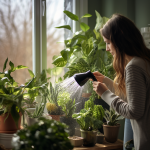

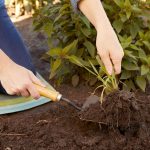
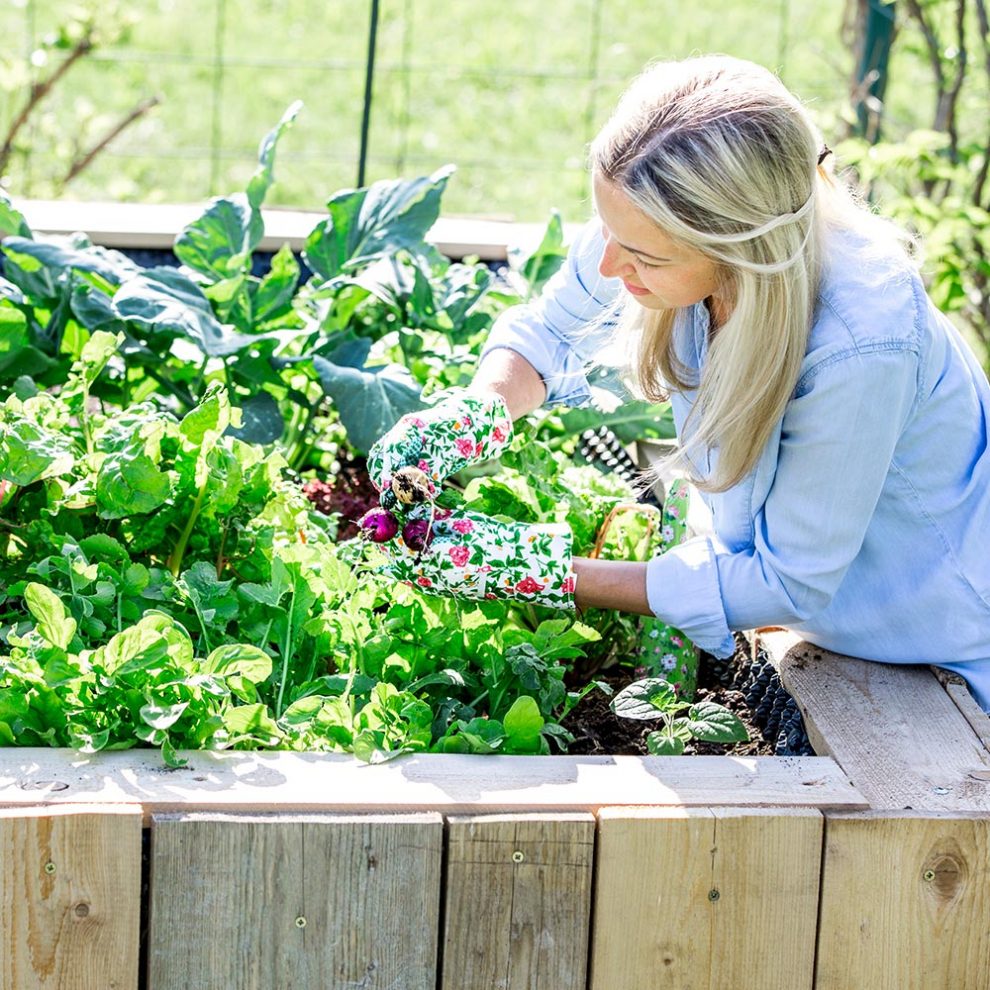
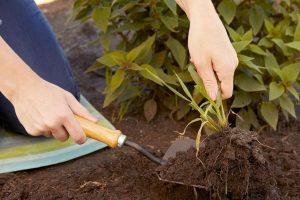
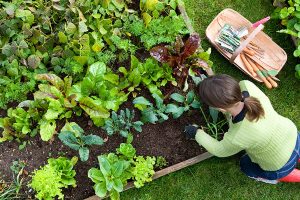
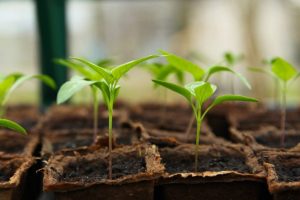
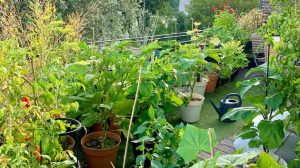






Add Comment